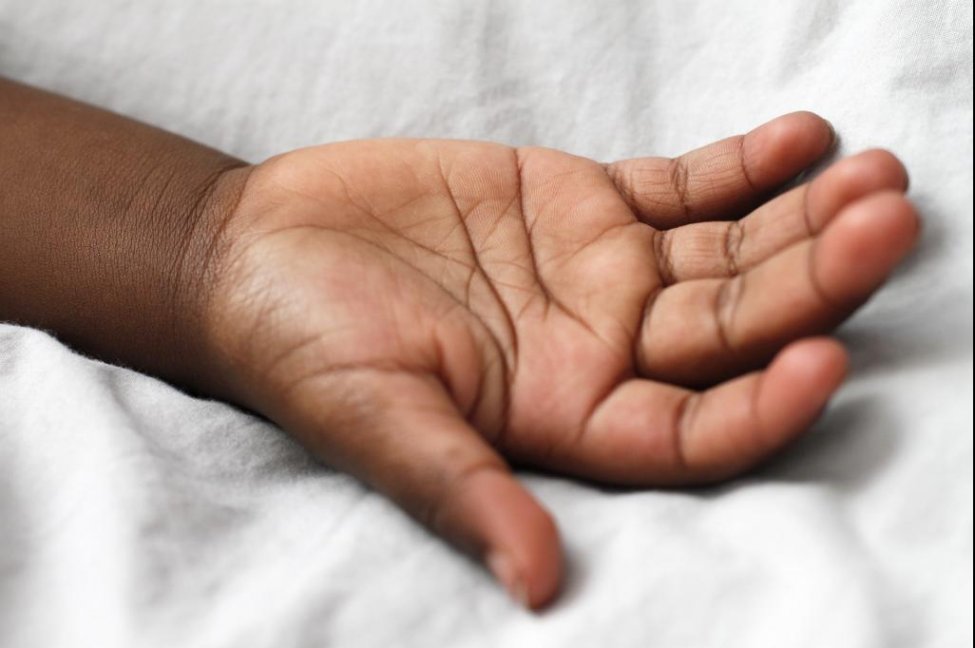Feb. 7 (UPI) — Nearly all young children have traces of nicotine on their hands, even those living in non-smoking households, a study published Monday by JAMA Network Open found.
Just over 97% of the more than 500 children age 11 years and younger in the study had evidence of nicotine, an ingredient of tobacco that works as a stimulant and is potentially addictive, the data showed.
This includes more than 95% of children in this age group living in non-smoking homes, the researchers said.
Children from lower-income families had significantly more nicotine on their hands than children from higher-income families, according to the researchers.
In addition, children of Black parents had higher amounts of nicotine on their hands than children of White or multiracial parents, they said.
“This study further highlights the importance of the quality of indoor environments,” study co-author Georg Matt said in a press release.
“If you live in an environment where people smoke or used to smoke, you’re going to be more exposed to thirdhand smoke than you were before,” said Matt, a professor of psychology at San Diego State University and director of the Thirdhand Smoke Resource Center.
When young children touch the floor, tabletops, toys, clothes and other surfaces and then touch their mouths and faces, they are especially vulnerable to third-hand smoke, he and his colleagues said.
Thirdhand smoke refers to the chemical residue from tobacco smoke left behind in dust and on surfaces after someone smokes or vapes, they said.
Exposure to nicotine and other chemicals found in tobacco products through “thirdhand smoke” can increase the risk for cancer in children, according to Johns Hopkins All Children’s Hospital in St. Petersburg, Fla.
For this study, Matt and his colleagues swabbed the hands of 504 children age 11 years and younger and analyzed traces of substances found on their hands.
Parental protections, such as home and car smoking bans, dramatically reduced the amount of nicotine detected on these children’s hands, the data showed.
The researchers plan to continue analyzing other markers of third-hand smoke exposure and investigate health outcomes, they said.
They hope their research will further support stricter smoking bans and policies requiring real estate agents and landlords to disclose thirdhand smoke levels in homes.
“This is a wake-up call to protect vulnerable children and is an overlooked part of housing disparities,” study co-author Penelope Quintana, a professor of public health at San Diego State, said in a press release.
